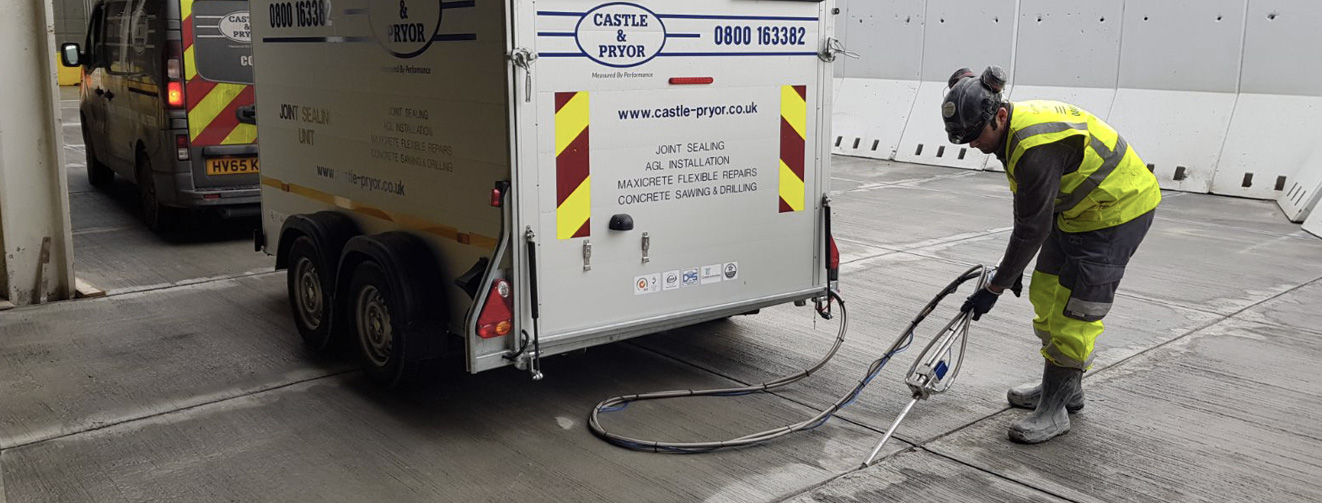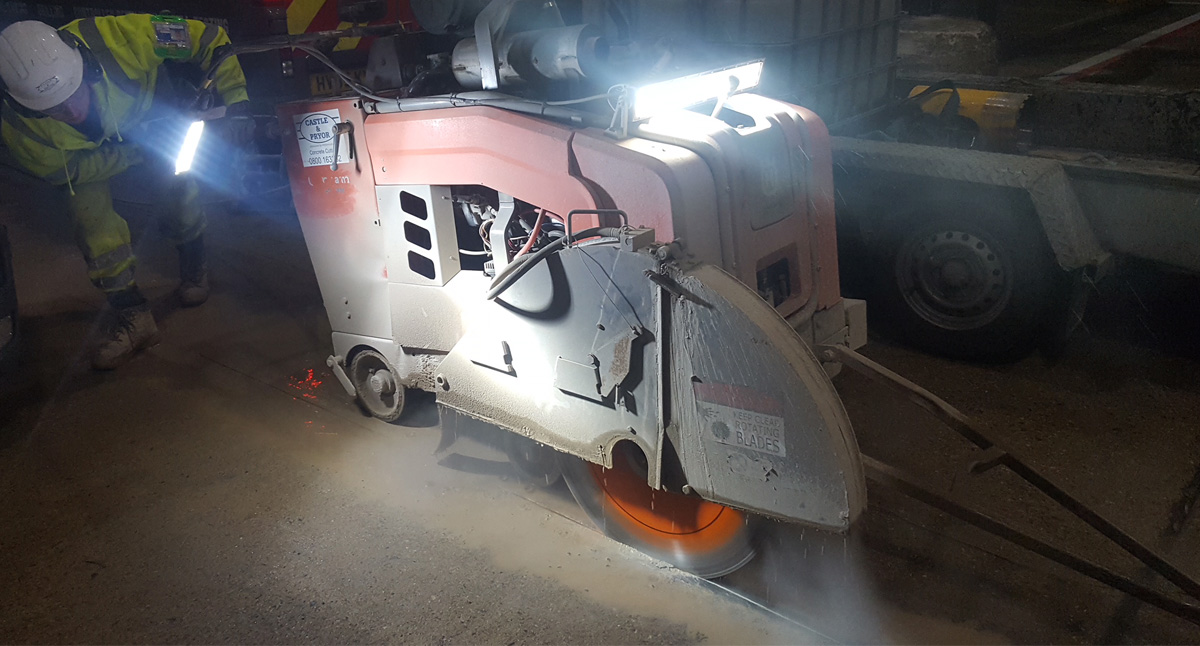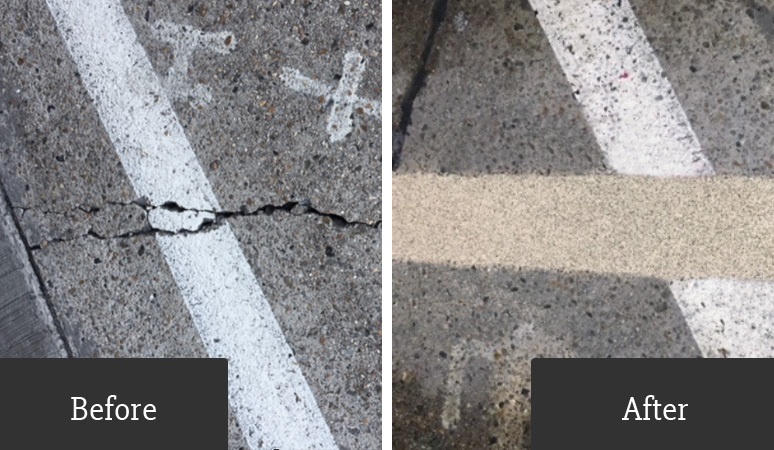
How To Cut Airfield Downtime and Keep Your Runway Moving
In the UK, we’re proud to be leading the way in terms of airport safety.
In May 2018, operators from airports in 7 other countries made the trip to the UK as a part of this year’s UK Airport Safety Week - to see exactly how we do things.
But with increasing competition from leading European airports, the UK is under pressure to deliver even better customer experiences if we’re to remain a hub for international travel. And if there’s one thing passengers dread the most when they’re due to set off on their holidays - it’s delays at the airport.
As a result, our UK airports are under more pressure than ever to keep passengers moving, reduce waiting times and minimise airfield downtime. The good news is, that improving customer experiences at the airport can be as easy as fine-tuning your maintenance strategy.
And when it comes to reducing downtime for airfield maintenance - we know exactly how to keep your runway moving. In this post, we’re sharing our expert tips to help you reduce downtime on your airfield.
What can UK airports do to minimise runway downtime?
1. Break up runway maintenance into routine tasks
Significant works that require runway closures are going to get expensive - fast. But runway downtime can be dramatically reduced by breaking down runway maintenance work into smaller, more manageable jobs.
Take Orly Airport, in Paris, for example. The maintenance team at ORY work through the night, every night, to remove a single block of concrete from the runway and replace it in time for the first flight of the day. This daily airfield maintenance programme equates to a completely regenerated runway roughly every 12 months.
Not bad for an evening’s work.
2. Schedule overnight airfield repairs
It’s not unusual to find our Castle and Pryor team working through the night. Because even the UK’s busiest airports tend to have a quiet spell between 11.30pm - 6 am.
When we carried out repairs to Heathrow Airport’s Pier 7, for example, we brought in our skilled team with the right equipment and worked alongside the airport’s night team to complete the work by 5.30am.
All in plenty of time for the first flight of the day!

3. Keep a trusted airport contractor on call 24/7
Damage to airfield surfaces can occur at any time. And even small cracks and potholes pose a threat to the wheels of your aircraft and service vehicles - potentially postponing take-off and causing costly delays.
Use an experienced contractor with a BAA and CAA approved team who can be on-call 24/7. They’ll be able to carry out repairs at short notice and to the correct standard, so that your airfield is always safety compliant and ready for use.
4. Repair cracks and surface defects as they appear
Airfield runways, taxiways and aprons need to withstand much greater pressure than your average asphalt or concrete pavement. They also need to meet strict health and safety regulations, without exception.
But replacing entire areas of your airfield can be expensive - both in terms of the construction work needed and the downtime required to get the job done.
As we’ve touched on already, small cracks in runways and taxiways can damage support vehicles, cause runway excursions and delay aircraft take-off. But in the long term, cracks in your airfield surface can leave the sub-base open to water damage. Once water has permeated the top layer and seeped into the sub-base, the supporting layers of your surface can become unstable or even washed away.
Cracks and spalls can be repaired quickly and efficiently, as they appear. At Castle and Pryor we carry out Maxi-Crete patch repairs for airports across the UK. We use this hardwearing and flexible patch repair system because it can be applied to cracks, potholes and failed joints in concrete surfaces of any depth or width.

MaxiCrete repair is a popular service with our airfield customers because our team take care of the entire process - from diamond cutting the existing concrete and preparing the surface to filling and finishing the area - and it’s ready to go within 1 hour of installation.
Need a trusted contractor to keep your airfield moving? Our work takes us all over the UK, from behind the scenes at The Queen’s Theatre to the top of London’s iconic Battersea Power Station. But we’re probably best known as licensed infrastructure contractor for UK airports including Gatwick and Heathrow. Find out why we’re the choice for the UK’s leading international airports. Get in touch today for a quote.